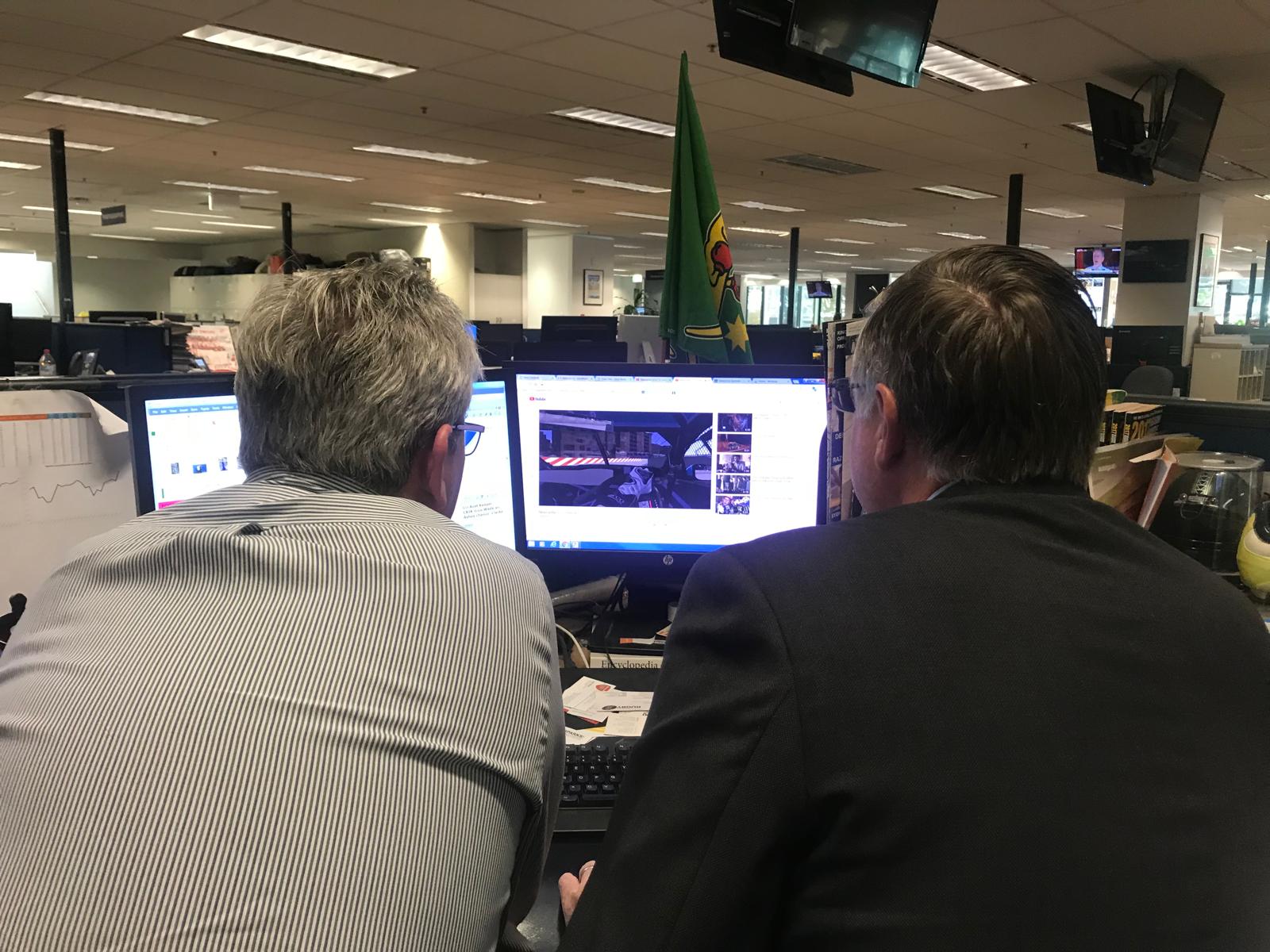Nine principles of delivering audience-led growth at scale

Audience-led growth is a strategy focused on understanding and responding to the needs, behaviours, and preferences of target audiences to drive business expansion. This approach leverages data-driven insights to continuously refine content, ensuring they meet evolving audience demands. These are the Nine Principles required to deliver audience growth at scale.
The One to Nine of Implementation
1. Purpose and Meaning: The “why” is the foundation of audience-led growth, without the “why” data is simply data — pageviews. As an editorial and leadership team, you must articulate why this type of initiative is important to journalists and journalism.
2. Set Goals: Articulate what are you trying to achieve in simple terms:
- Reporters: “To get more people to read more of your stories”
- Managing Editors: “To help build sustainable newsrooms”
- Editors: “Responsibility to the future of our industry”
- All journalists: “Digital journalism is valuable, when we value it, our audience does too.”
3. Language: Always talk up, never talk down. Language is the core tenet of journalism, therefore using the right language in newsrooms builds the right culture.
- Respect: It’s journalism, not content. Content is ubiquitous, journalism is a craft, a profession. Talk to journalists about journalism and their digital articles that contain words, pictures, video and audio.
- There’s no bad story: Every story has value but does it have an audience? Instinct (art) validated by data (science) instead of “don’t publish that story” equals how do we get more people to read it?
- If there’s no audience for it, suggest / influence stories that do.
- Volume vs Value: The longer we keep your story alive on the homepage, the more valuable it becomes because more people are reading it. “How (reporter) are you helping us to do that?” (Follow-ups)
- Solutions focused: It is never a problem — it’s always a challenge. Challenges are solved using practical solutions. Problems are negative challenges — harder to solve by the way they are framed, usually emotionally.
Share and trust your people
4. Exposure: Showing journalists how their journalism is performing — or not performing — via your data platform is critical.
- Trust: Journalists are powered by information. Give them as much as you can, ownership and understanding drives motivation.
- Permission: Give explicit permission for reporters to use data and understand it.
- Ego: Reporters want people to read their stories, reporters want more people to read their stories. Reporters will work hard to drive that outcome when they have access to the performance of their stories — along with the knowledge their colleagues do too — and how to help.
- Scale: The more reporters that are motivated to get more people to read more of their stories, the more valuable those stories become, the more valuable stories we have, the more sustainable newsrooms are, the more sustainable newsrooms are, the future of our industry is more assured (Purpose & Meaning).

Small groups work better than big briefings
5. Mentor: Walk alongside, not in front — ever. Data is just data without context.
- Who, what, where, when and why: Fundamentals in journalism are the fundamentals in helping journalists understand what they can do to “get people to read more of their stories”.
- Who are our readers, what do they want to read, where is the platform and when is their time of choosing.
- 1 to 1: Big groups are fine for briefings but individual conversations are more powerful. Time spent “now” with individuals will deliver in the future.
- Answer every question.
- Ask and influence, don’t tell:
- “That’s a great story, but what do you think if we did it this way?”
- “The audience data shows …”
- “These {types of stories} struggle to get the audience but if you do these {types of stories} our audience really responds.”
6. Performance: Influence and then show.
- Foundational: Build KPIs from the ground up, not top down
- Story > Section > Website > Publisher
- Recognition: Celebrate success individually and in the newsroom
- Story > Section > Website > Publisher
- Efficiency: Understand under-performance and how to shift the Effort vs Reward
- Reallocating reporters to higher value journalism.
- Repeat and repeat again: Recognition and Efficiency
Be human focused
7. Discipline: You must stick to the plan
- Structure and accountability are crucial: Leadership; Editors; Deputies; News Editors; Reporters; Cadets (all levels).
- Cutting corners is fatal. Every story requires the same amount of effort.
8. Help those who want it: Don’t waste time on trying to convert the resistors. Spend all your energy on helping those who want it.
- Those who resist will either drift away or jump on the bus eventually.
- Be overt about this approach.
9. Lose battles: But only those that don’t matter
- Those that bear no impact on your purpose and meaning, let them go, such as a story that just has to be written (see 6c).
- Battles will be emotional but fall back to the data, it’s emotionless.
Always be transparent and open to opinions. Implementing audience-led growth at scale takes time. Resist the “Big Bang” approach, it never works because purpose and meaning always gets lost in the implementation. Small steps make big gains.
Audience-led growth, in conclusion
Mentorlism is the perfect vehicle to help you and your organisation to implement audience-led growth. Contact Peter today to schedule an appointment or read our FAQ for answers to more of your questions.
Related posts

Why mentoring is important to me
Mentoring is an essential part of my life, woven into both my professional career and personal purpose and meaning. It’s more than...

Why Content-Led Growth — and Mentorlism— is Unique Learning System
Content-Led Growth is a unique learning system for journalists because it transforms traditional article publishing into a strategic, data-driven approach that aligns...

What is a growth mindset and why it’s important
A growth mindset is essential for personal and professional development, as it shapes how individuals perceive challenges, obstacles, and success. Coined by...

Blending the Art of Journalism with the Science of Data
Content-Led Growth is blending the art of journalism (content creation) with the science of data (analytics) to deliver audience growth. It is...

What I’ve learned in four decades of journalism
1. Nothing beats a great story. 2. People drive performance, performance doesn’t drive people. 3. The rest is noise. This may seem...
